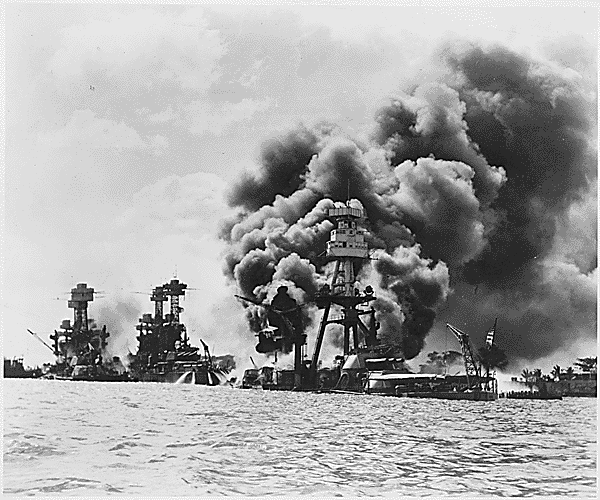
Continue reading “THIS DAY IN HISTORY – Pearl Harbor bombed – 1941”
“War is a racket. It always has been. It is possibly the oldest, easily the most profitable, surely the most vicious. It is the only one international in scope. It is the only one in which the profits are reckoned in dollars and the losses in lives.” – General Smedley Butler
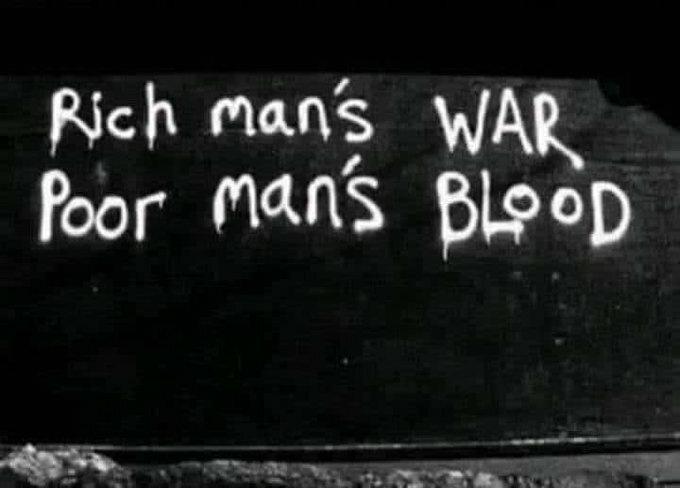
I don’t need your civil warIt feeds the rich while it buries the poorYour power hungry sellin’ soldiersIn a human grocery store
Whether it is a distinguished general who came to his senses in 1935, after doing the bidding of the monied interests by initiating conflict throughout the world to fill their coffers with blood money, or a rock & roll star fifty years later writing a hit song about the exact same theme, the song remains the same. The wealthy always benefit from war, the poor always die in their wars, and politicians are bribed to continually foment conflict, hate, and railing against whoever their puppet masters choose as the enemy of the moment. This is not a recent development, it has spanned centuries, just the sums of money feeding the military industrial complex are now astronomical.
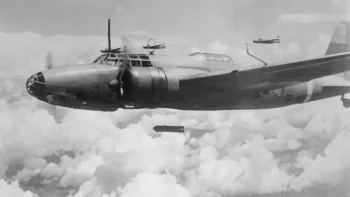
On November 5, 1941, the Combined Japanese Fleet receive Top-Secret Order No. 1: In just over a month’s time, Pearl Harbor is to be bombed, along with Malaya (now known as Malaysia), the Dutch East Indies and the Philippines.
Relations between the United States and Japan had been deteriorating quickly since Japan’s occupation of Indochina in 1940 and the implicit menacing of the Philippines (an American protectorate), with the occupation of the Cam Ranh naval base approximately 800 miles from Manila. American retaliation included the seizing of all Japanese assets in the States and the closing of the Panama Canal to Japanese shipping. In September 1941, President Roosevelt issued a statement, drafted by British Prime Minister Winston Churchill, that threatened war between the United States and Japan should the Japanese encroach any further on territory in Southeast Asia or the South Pacific.
The Japanese military had long dominated Japanese foreign affairs; although official negotiations between the U.S. secretary of state and his Japanese counterpart to ease tensions were ongoing, Hideki Tojo, the minister of war who would soon be prime minister, had no intention of withdrawing from captured territories. He also construed the American “threat” of war as an ultimatum and prepared to deliver the first blow in a Japanese-American confrontation: the bombing of Pearl Harbor.
And so Tokyo delivered the order to all pertinent Fleet commanders, that not only the United States—and its protectorate the Philippines—but British and Dutch colonies in the Pacific were to be attacked. War was going to be declared on the West.
Guest Post by Martin Armstrong
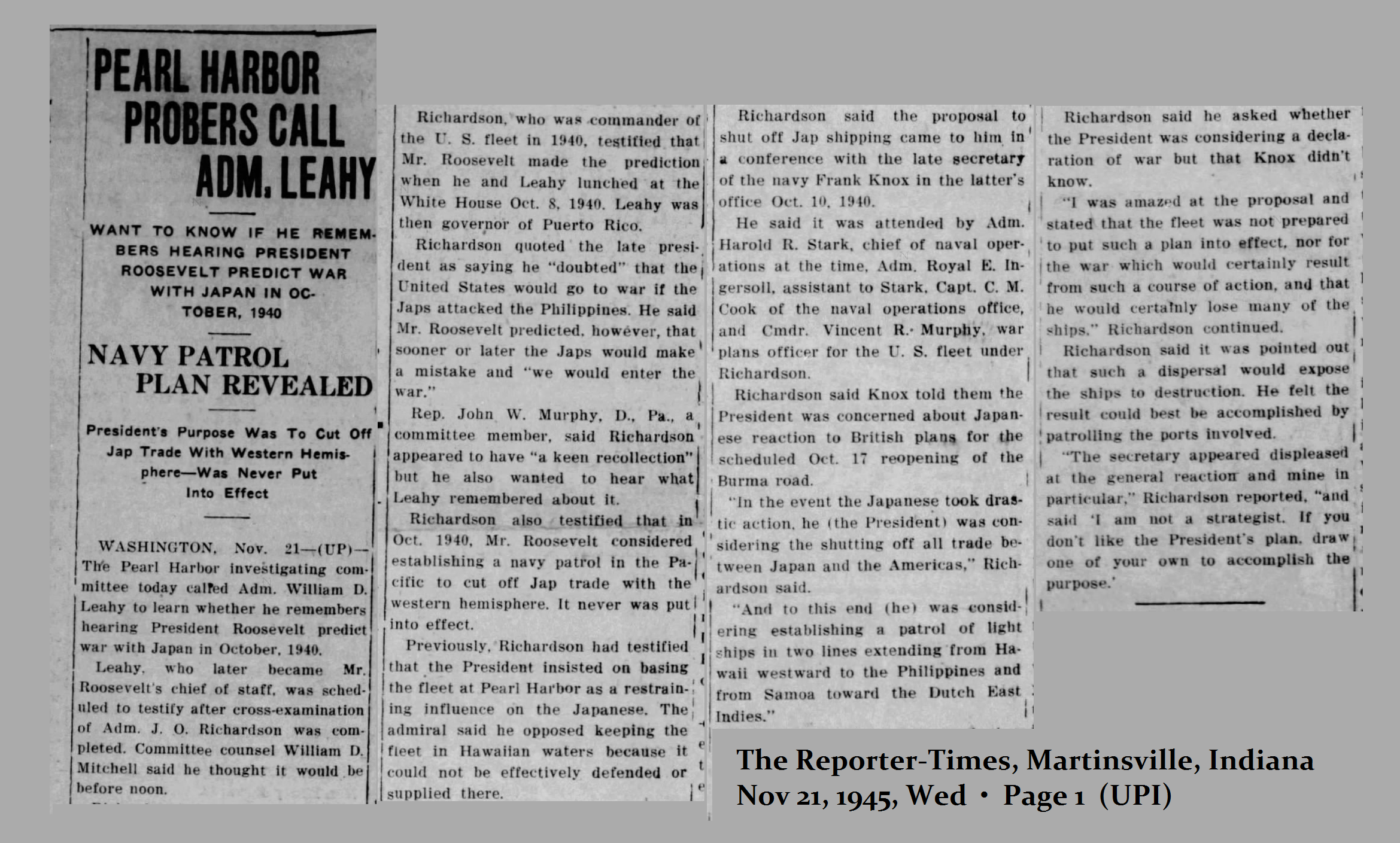
The post-2024 period appears to be a significant global war – all-in sort of thing. But will also be intermixed with shortages in commodities thanks to also weather conditions. Currently, the Neocons who have control of the Biden Administration are totally insane. They have used an executive order to do these sanctions bypassing Congress for as long as they do not send troops, they claim it is not an official declaration of war that ONLY Congress can issue. They are showing to the entire world that the very authoritarian regimes they hate, Russian and China, are precisely what they are doing in the United States intentionally trying to invoke war which they fully understand will NOT be sanctioned by Congress or the people.
Continue reading “Are we Following the Path of Pearl Harbor?”
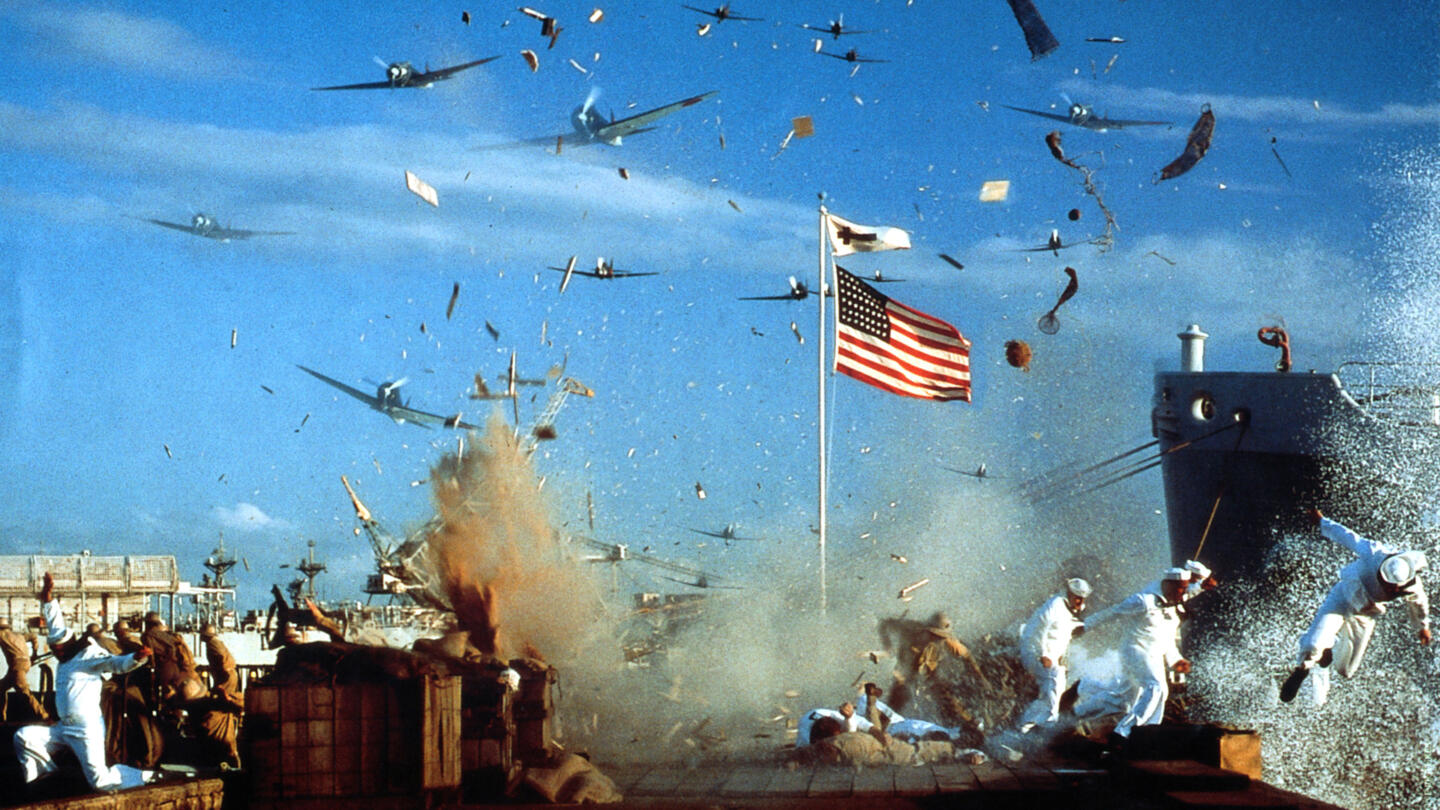
On December 7, 1941, at around 1:30 p.m., President Franklin Roosevelt is conferring with advisor Harry Hopkins in his study when Navy Secretary Frank Knox bursts in and announces that Japan had attacked Pearl Harbor. The attack killed more than 2,400 naval and military personnel.
For weeks, a war with Japan had appeared likely since negotiations had deteriorated over the subject of Japan’s military forays into China and elsewhere in the Pacific during World War II. FDR and his advisors knew that an attack on the U.S. fleet at the Philippines was possible, but few suspected the naval base at Pearl Harbor would be a target.
Continue reading “THIS DAY IN HISTORY – FDR reacts to news of Pearl Harbor bombing – 1941”
On November 5, 1941, the Combined Japanese Fleet receive Top-Secret Order No. 1: In just over a month’s time, Pearl Harbor is to be bombed, along with Malaya (now known as Malaysia), the Dutch East Indies and the Philippines.
Continue reading “THIS DAY IN HISTORY – The order is given: Bomb Pearl Harbor – 1941”
“There was truth and there was untruth, and if you clung to the truth even against the whole world, you were not mad.” – George Orwell 1984
“People will agree with you only if they already agree with you. You do not change people’s minds.” – Frank Zappa
Orwell and Zappa’s words of wisdom have never been truer than they are today. The level of untruth proliferated by the government, mainstream media, central bankers, military leaders, Big Tech, Big Pharma, Big Corp., and billionaire oligarchs has reached prolific heights. We are lost in a whirlwind of lies, destined to grow into a tornado of tragedy and ultimately result in a cascade of consequences.
Since the installation of the illegitimate dementia patient as president of this dying empire of debt by the Deep State (billionaire oligarchs, surveillance state agencies, military industrial complex, Silicon Valley censorship tyrants, corrupt bought off state politicians, Soros installed bureaucrats, and their propaganda arm – fake news media outlets), the country has further fractured into warring factions.
In Part One of this article, I discussed the dramatic events that shaped 2020 and will continue to have a major influence on the direction of this Fourth Turning moving forward. The immense power of Mordor on the Potomac seems to be unassailable, but the little people still have a chance if they utilize their skills and intelligence to the utmost.
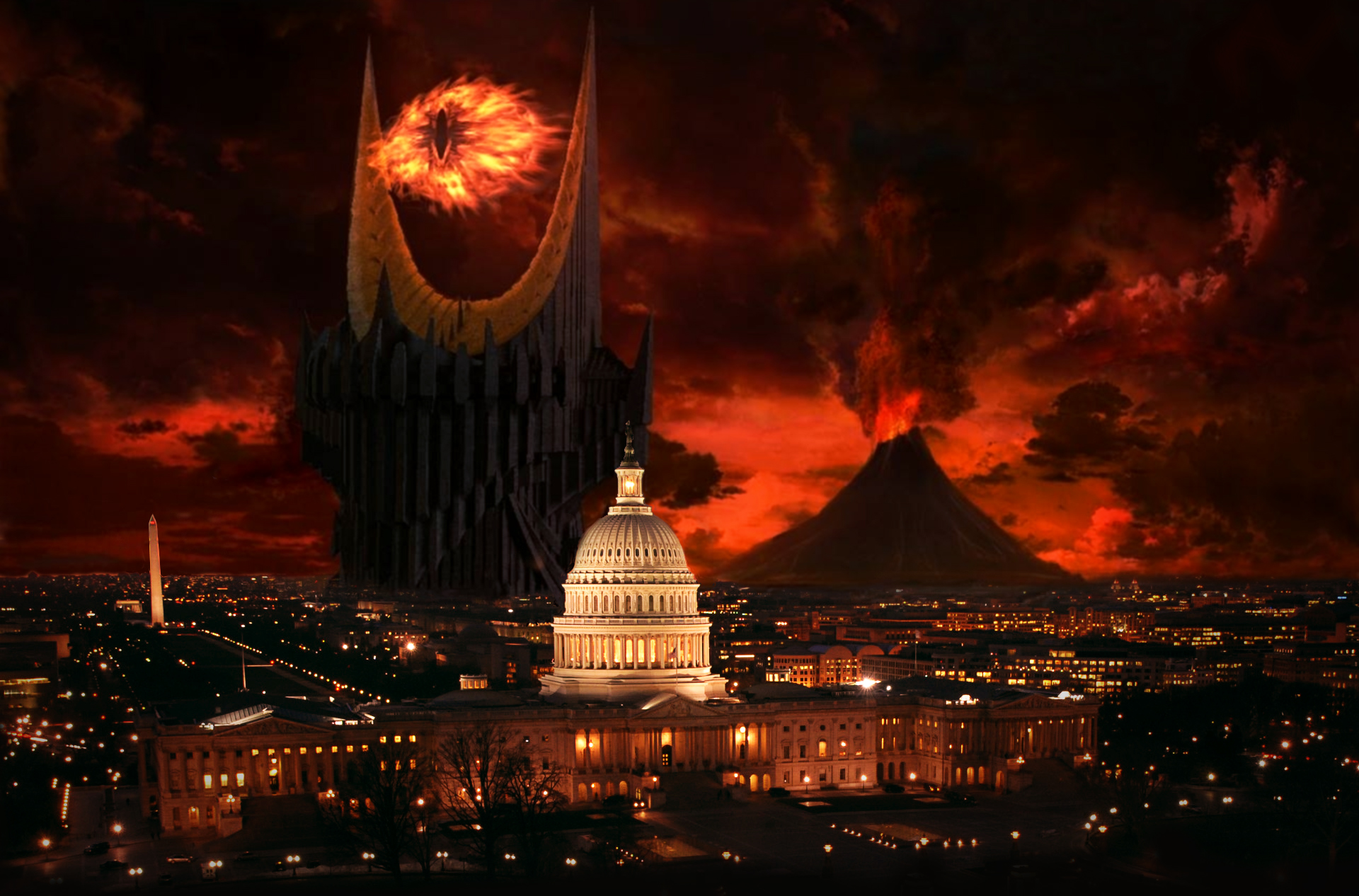
Now that Trump has been defeated and cast into oblivion by the forces of Mordor on the Potomac, those who have some knowledge about generational theory and the course of previous Fourth Turnings have lamented Trump is not the Grey Champion and they were misled by believing he was their hero. How could he be the Grey Champion if he lost? I do not profess to be an expert, as I am just trying to understand the underlying forces driving this Fourth Turning towards its climax, but losing a battle in a long war does not disqualify Trump as a Grey Champion. The Grey Champion character was born from the writings of Nathaniel Hawthorne.
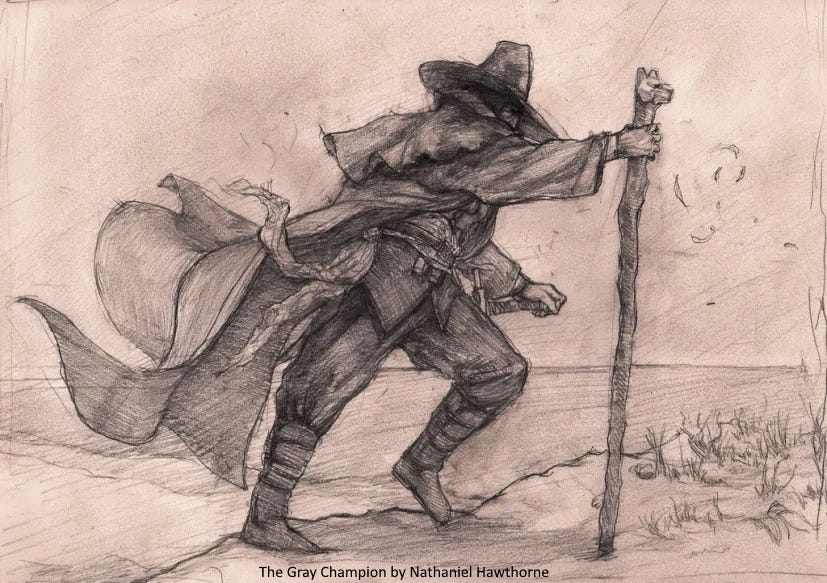
“Who is this gray patriarch? His hour is one of darkness, and adversity, and peril. That stately form, combining the leader and the saint…could only belong to some old champion of the righteous cause, whom the oppressor’s drum had summoned from his grave.” – Nathaniel Hawthorne

On December 7, 1941, at around 1:30 p.m., President Franklin Roosevelt is conferring with advisor Harry Hopkins in his study when Navy Secretary Frank Knox bursts in and announces that Japan had attacked Pearl Harbor. The attack killed more than 2,400 naval and military personnel.
Continue reading “THIS DAY IN HISTORY – FDR reacts to news of Pearl Harbor bombing – 1941”
On November 5, 1941, the Combined Japanese Fleet receive Top-Secret Order No. 1: In just over a month’s time, Pearl Harbor is to be bombed, along with Mayala (now known as Malaysia), the Dutch East Indies and the Philippines.
Continue reading “THIS DAY IN HISTORY – The order is given: Bomb Pearl Harbor – 1941”
On December 7, 1941, at around 1:30 p.m., President Franklin Roosevelt is conferring with advisor Harry Hopkins in his study when Navy Secretary Frank Knox bursts in and announces that Japan had attacked Pearl Harbor. The attack killed more than 2,400 naval and military personnel.
Continue reading “THIS DAY IN HISTORY – FDR reacts to news of Pearl Harbor bombing – 1941”
“In retrospect, the spark might seem as ominous as a financial crash, as ordinary as a national election, or as trivial as a Tea Party. The catalyst will unfold according to a basic Crisis dynamic that underlies all of these scenarios: An initial spark will trigger a chain reaction of unyielding responses and further emergencies. The core elements of these scenarios (debt, civic decay, global disorder) will matter more than the details, which the catalyst will juxtapose and connect in some unknowable way. If foreign societies are also entering a Fourth Turning, this could accelerate the chain reaction. At home and abroad, these events will reflect the tearing of the civic fabric at points of extreme vulnerability – problem areas where America will have neglected, denied, or delayed needed action.” – The Fourth Turning – Strauss & Howe

The quote above captures the current Fourth Turning perfectly, even though it was written more than a decade before the 2008 financial tsunami struck. With global debt now exceeding $250 trillion, up 60% since the Crisis began, and $13 trillion of sovereign debt with negative yields, it is clear to all rational thinking individuals the next financial crisis will make 2008 look like a walk in the park. We are approaching the eleventh anniversary of this crisis period, with possibly a decade to go before a resolution.
Authored by Daniel Oliver, op-ed via The Daily Caller,
On December 7, 1941 the Empire of Japan bombed the U.S. Pacific Fleet which was stationed in Pearl Harbor on the Hawaiian island of Oahu. In addressing Congress the next day, President Roosevelt called it “a date which will live in infamy.”

But Roosevelt’s reputation should live in infamy too. The line that Roosevelt enthusiasts and left-wing historians have peddled for so many years is that the attack was a complete surprise.
Here’s a sample from The American Pageant, a typical left-wing American history textbook widely used in American high schools:
Officials in Washington, having “cracked” the top-secret code of the Japanese, knew that Tokyo’s decision was for war … Roosevelt, misled by Japanese ship movements in the Far East, evidently expected the blow to fall on British Malaya or on the Philippines. No one in high authority in Washington seems to have believed that the Japanese were either strong enough or foolhardy enough to strike Hawaii.
That’s the left’s version, and it’s in line with the rest of the “fake history” they want American high school students to learn. The Education and Research Institute (ERI — of which I am chairman) has written a critique of The American Pageant, which tells a more accurate story about Pearl Harbor and scores of other events in American history.
The American Pageant gives almost no blame to FDR for the Pearl Harbor disaster — even though the United States had broken the Japanese secret code and knew an attack was imminent. The textbook authors assure us that “no one in high authority in Washington seems to have believed that the Japanese” had the ability to launch such an attack.
But that is simply wrong. Some high-ranking members of the U.S. Navy did believe a surprise attack at Pearl Harbor was possible, but FDR disagreed with them and he removed those contrary voices from positions of power.
The commander of the U.S. Pacific Fleet in Pearl Harbor was Admiral J. O. (Joe) Richardson. Unlike Roosevelt, Richardson did not underestimate the Japanese — and he had studied them and the dangerous Pearl Harbor location thoroughly.
Richardson said that a simulated aerial attack that the U.S. had conducted at Pearl Harbor in 1932 proved that torpedo planes could cripple any fleet stationed there.
Even before Roosevelt ordered the Pacific Fleet to stay at Pearl Harbor indefinitely, Richardson had protested that keeping the fleet there posed a danger to every ship. He had been attempting to monitor the military movements of the Japanese to give the United States time to evacuate Pearl Harbor in case of danger.
Richardson, after writing many letters warning of danger at Pearl Harbor, was ordered to Washington to meet with the president. At the meeting, Richardson strongly recommended moving the Pacific Fleet back to San Francisco immediately.
When Roosevelt dismissed his concerns, the frustrated Richardson said,
“Mr. President, I feel that I must tell you that the senior officers of the Navy do not have the trust and confidence in the civilian leadership of this country that is essential for the successful prosecution of a war in the Pacific.”
FDR replied,
“Joe, you just don’t understand that this is an election year [1940] and there are certain things that can’t be done, no matter what, until the election is over and won.”
Then, when the election was over and FDR re-elected to his third term, he fired Richardson from command of the Pacific Fleet and installed a lackey, Admiral Kimmel, to take his place. Kimmel agreed with FDR that Pearl Harbor was safe.
But of course it wasn’t safe, and actions Roosevelt took before and after the election made it even less safe. In January of 1940 Roosevelt had terminated the United States — Japan trade treaty. In July of 1940 he had restricted exports to Japan. In September of 1940 he had sent $25 million to the Chinese resistance against Japanese incursions, and he had also embargoed shipments of scrap iron to Japan. In July of 1941, Roosevelt had frozen all Japanese assets in the United States and expanded the embargo.
The official State Department history concludes:
“Faced with serious shortages as a result of the embargo, unable to retreat, and convinced that the U.S. officials opposed further negotiations, Japan’s leaders came to the conclusion that they had to act swiftly.”
That seems to have been what Roosevelt wanted.
On Monday, November 24, 1941, only 13 days before the Pearl Harbor attack, Henry L. Stimson, Roosevelt’s secretary of War, recorded in his diary a meeting with Roosevelt:
He brought up the event that we were likely to be attacked perhaps (as soon as) next Monday [December 1], for the Japanese are notorious for making an attack without warning, and the question was what we should do. The question was how we should maneuver them into the position of firing the first shot without allowing too much danger to ourselves.
On Nov. 25, Secretary of State Cordell Hull demanded that Japan withdraw from China. The following day Hull wrote this: “The matter is now in the hands of the Army and the Navy.”
Four days later, on December 7, 1941, the Japanese attacked: 2,403 people died, eight battleships were sunk or damaged, and 188 airplanes were destroyed.
The United States took a long time to recover.
But FDR escaped blame. Today we should remember that it’s not just December 7, 1941, that should live in infamy, but Roosevelt’s reputation as well.
At 7:55 a.m. Hawaii time, a Japanese dive bomber bearing the red symbol of the Rising Sun of Japan on its wings appears out of the clouds above the island of Oahu. A swarm of 360 Japanese warplanes followed, descending on the U.S. naval base at Pearl Harbor in a ferocious assault. The surprise attack struck a critical blow against the U.S. Pacific fleet and drew the United States irrevocably into World War II.
Continue reading “THIS DAY IN HISTORY – Pearl Harbor bombed – 1941”
On this day, President Roosevelt—convinced on the basis of intelligence reports that the Japanese fleet is headed for Thailand, not the United States—telegrams Emperor Hirohito with the request that “for the sake of humanity,” the emperor intervene “to prevent further death and destruction in the world.”